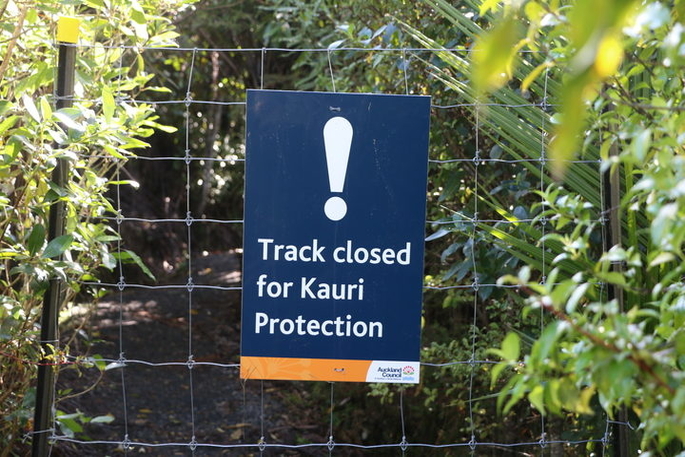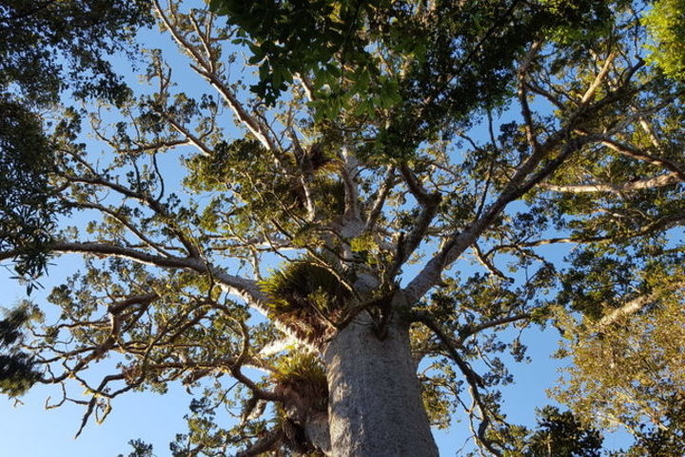The mighty kauri tree has been officially re-classified as a threatened species for the first time.
Pohutukawa, manuka, and rata have also been classed as threatened as a precaution, due to the spread of myrtle rust disease.
The Department of Conservation's latest assessment of native flora evaluated the status of 2785 known species of native plants.
DOC director of terrestrial ecosystems Matt Barnett said the spread of dieback disease led to the reclassification of kauri, one of the world's largest and longest-living tree species.
He said more plant species were now under threat from diseases, possums, rabbits and other animals, and changes in land use.
Mr Barnett said 113 more plants were now classed as threatened, since the last conservation assessment in 2012, bringing the total number of plants in the category to 402.
"Threats like kauri dieback, browse by possums, goats, rabbits and other animals, and changes in land use, particularly in the eastern South Island, have caused the observed decline of 61 plant species, which are now in a worse state than five years ago.
"For the first time, kauri has been classed as threatened due to the unabated spread of kauri dieback."
 Photo: RNZ/Eva Corlett.
Photo: RNZ/Eva Corlett.
Mr Barnett said there was a marked decrease in rare plant species - such as sedge and cress - in the drylands of the Mackenzie and Waitaki basins, largely due to changes in land use and the effects of rabbits and other pests.
All species of myrtle plants, such as as pohutukawa, manuka, rata and ramarama, were classed as threatened as a precaution due to the spread of myrtle rust, he said.
More than 200 vascular plants - the kind that can transport water and food through the plant - were assessed for the first time in this report. Non-vascular plants include, for example, moss and algae.
The department also found the conservation status of 39 plants had improved since 2012 and one plant - the pygmy goosefoot - thought to be extinct was rediscovered in parts of the eastern South Island, after an apparent absence of more than 50 years.



0 comments
Leave a Comment
You must be logged in to make a comment.